Societal transformations
“ Making the most out of urine in agriculture isn't a technological or technical issue, it's a matter of social organization. ”
“ Making the most out of urine in agriculture isn't a technological or technical issue, it's a matter of social organization. ”
Recycling urine to fertilize the soil
Since urine is an inexhaustible ecological fertilizer, why not use it instead of chemical fertilizers that are expensive to produce? Designer Louise Raguet suggests bringing back to the fields what has been collected there. Her research with the LEESU laboratory (École des Ponts) has led her to develop a unique project: urine separation in the future Saint-Vincent de Paul district of Paris.
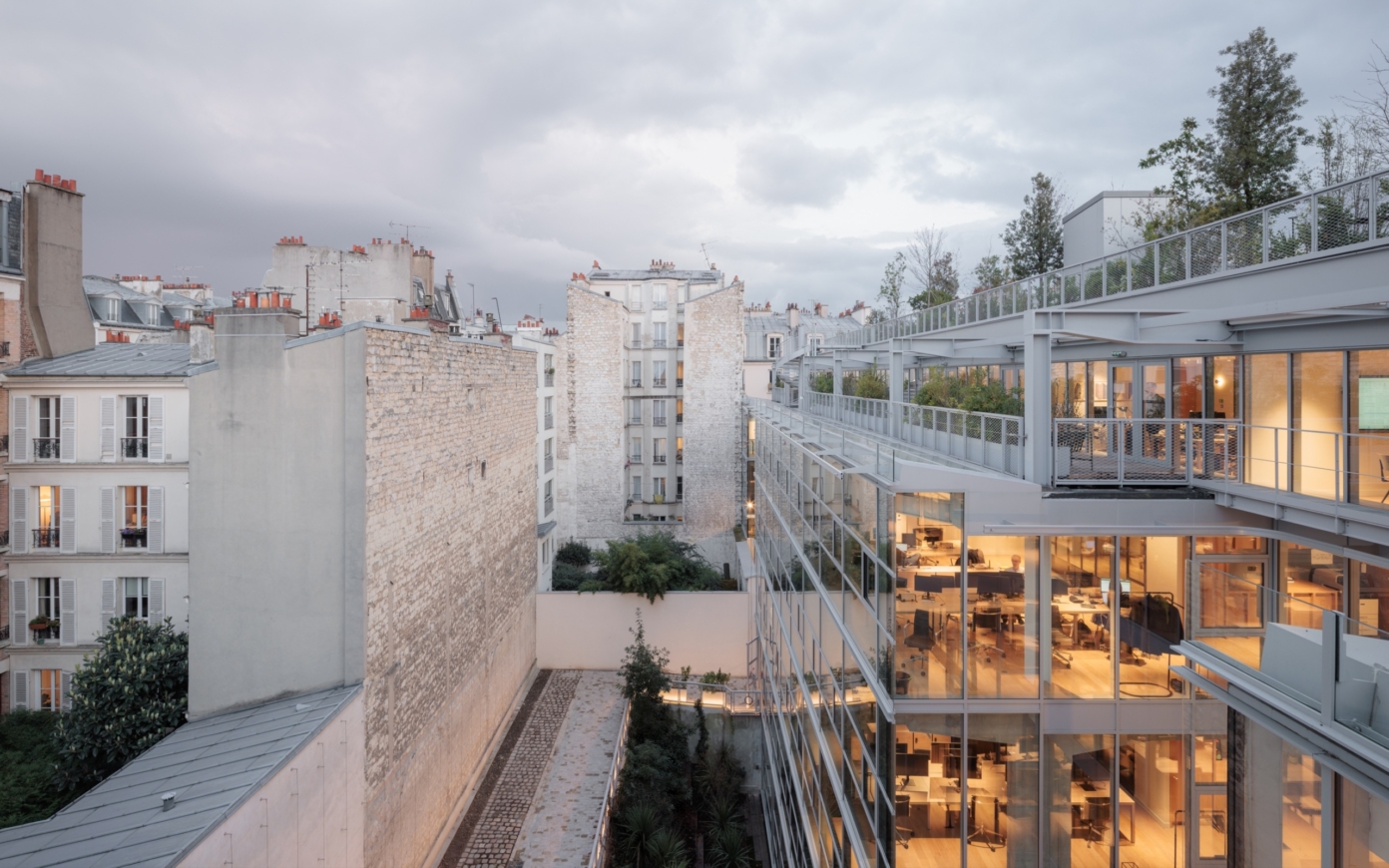
In the heart of Les Batignolles, PCA-STREAM is restructuring a former parking lot into a mixed-use complex of hotels, restaurants and offices. Based on the atypical and industrial dimension of the existing building, but also on the cultural and artisanal heritage of the neighborhood, the agency has chosen to infuse it with a spirit that emphasizes innovation and creativity. An emblematic central space physically and symbolically articulates the programs by offering cultural and event-based activities.
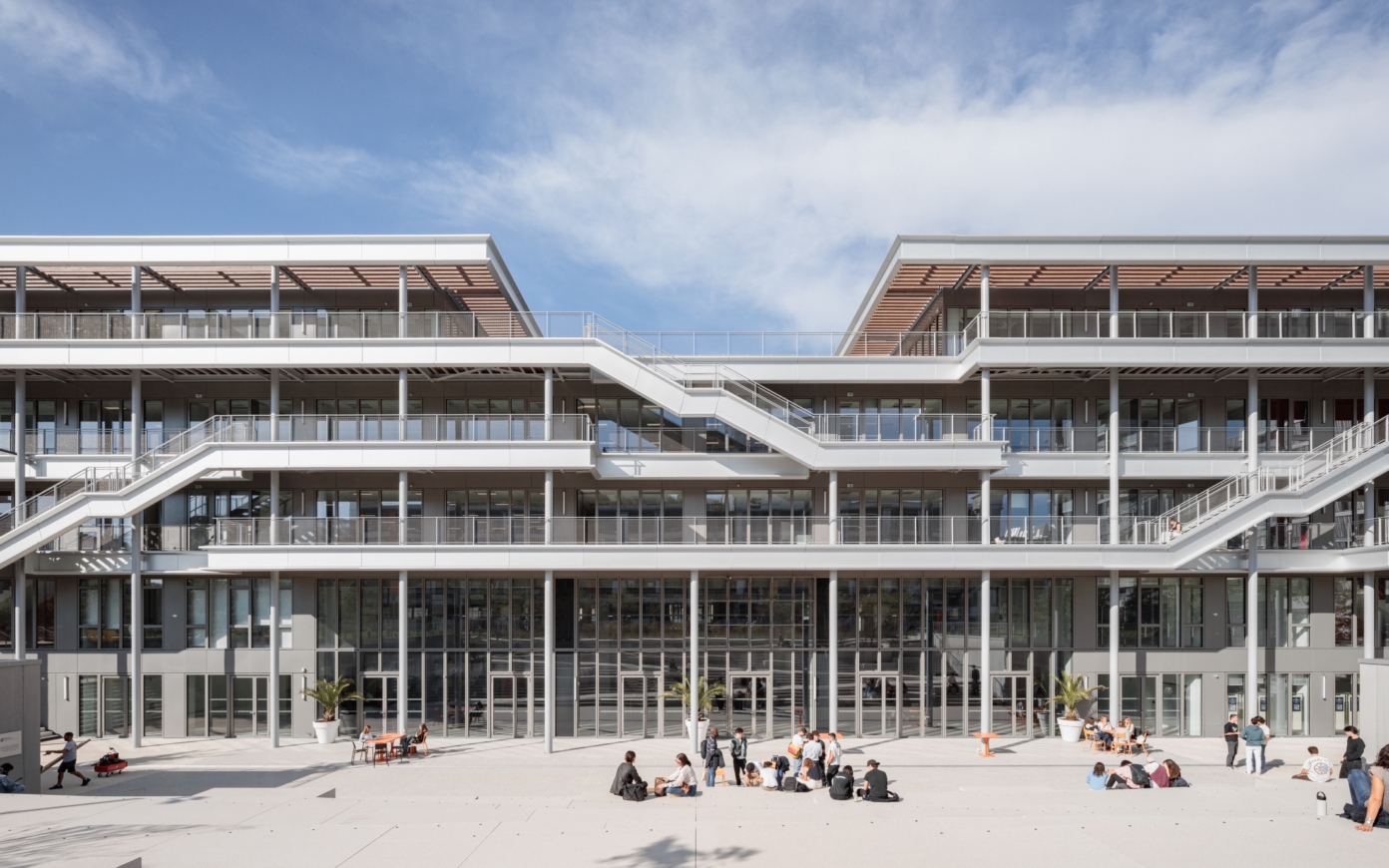
At emlyon’s upcoming Gerland campus, which welcomed its inaugural students in September 2024, we’ve arranged the buildings around a spacious interior street and a spectacular central hub—Cœur Battant, the “beating heart” of the campus—where daily activities and key school events will converge. Every element is designed to foster interaction, serendipity, and collective intelligence. The campus opens itself up to the city, as well as to businesses and events. It is fully aligned with the environmental dynamics of the Gerland District as well, with its extensive garden and commonsense approach to sustainability, exemplified by its uncomplicated and efficient facades adorned with terraces and inviting outdoor walkways.
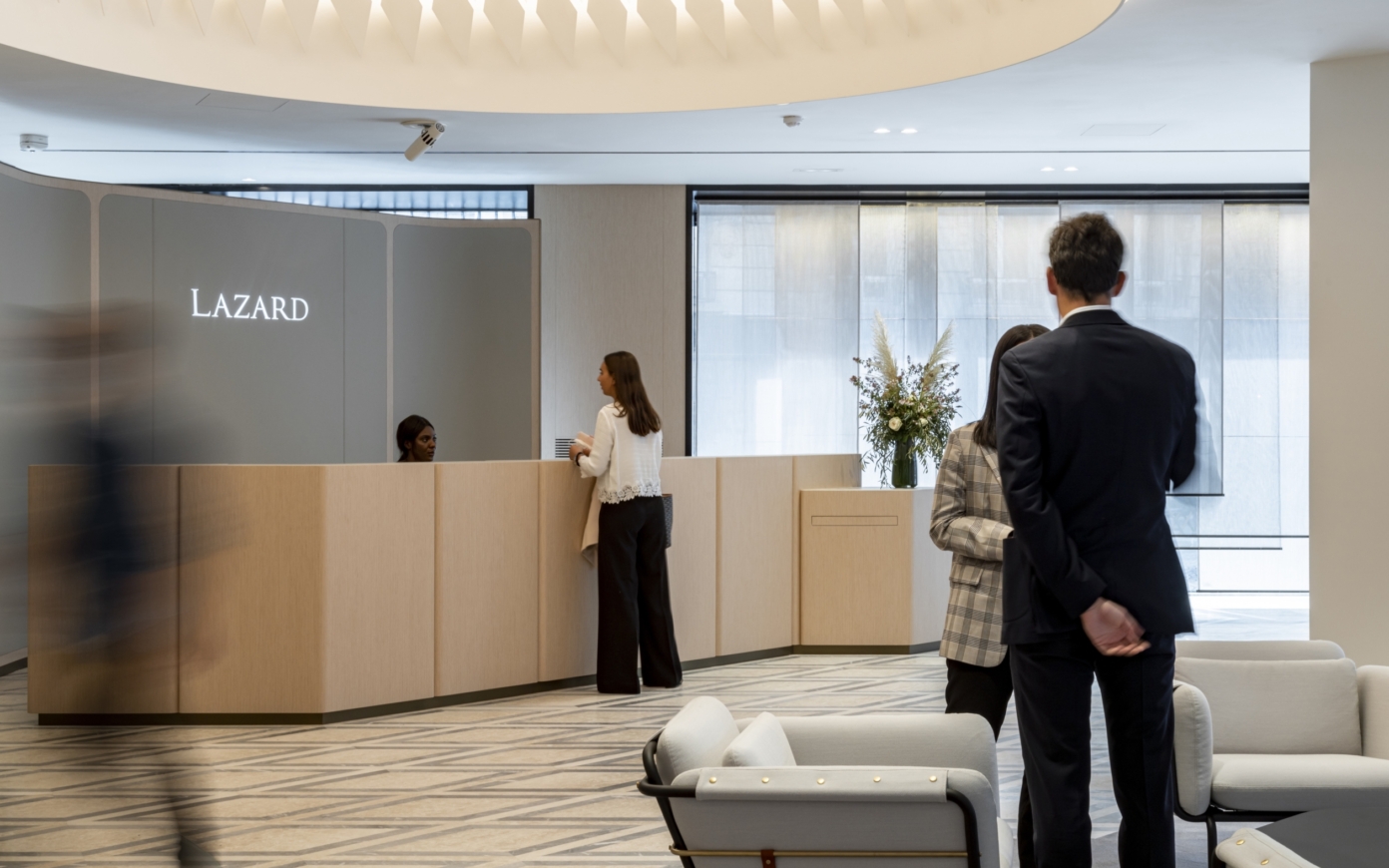
At 175 Haussmann, PCA-STREAM brought together two buildings to create a new cutting-edge office complex, completed by an emblematic contemporary extension, to house the headquarters of the Lazard bank. The interior design team created the public and reception areas, using hospitality codes and a combination of openness and confidentiality.
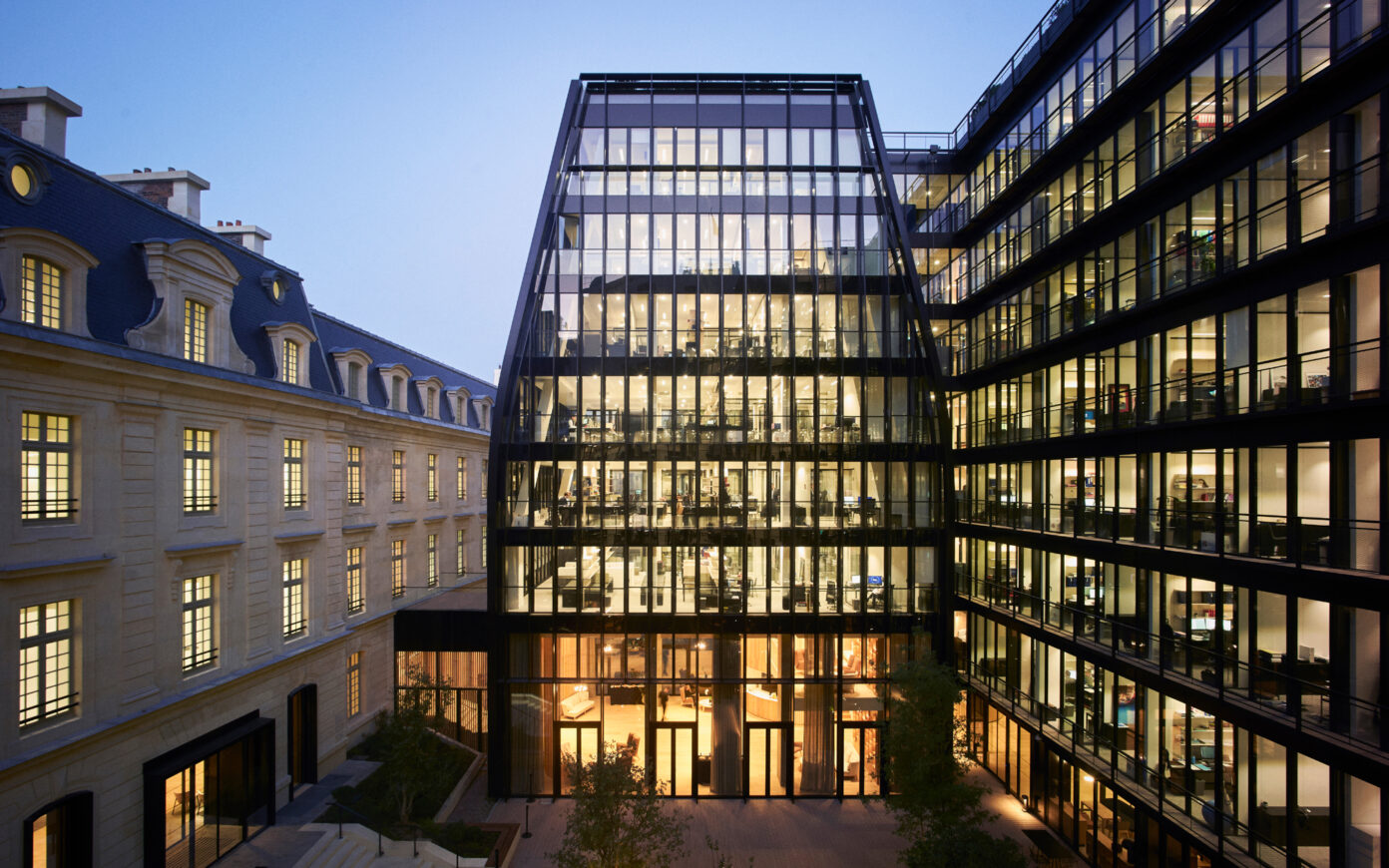
Located near the Saint-Lazare train station, these new-generation offices in a former military barracks combine the best of two architectural heritages. They offer a comfortable and prestigious workplace, turned towards nature and the well-being of its users, French law firm Gide-Loyrette-Nouel. The building's heritage is magnified and remodeled, enhancing its attractiveness and competitiveness, while helping to write a new page in the history of Paris's ever-changing urban fabric.
“ Restoring a building does not mean maintaining, repairing or remaking it, it means restoring it to a complete state that may never have existed at any given time, according to Viollet-Le-Duc. ”
“ Restoring a building does not mean maintaining, repairing or remaking it, it means restoring it to a complete state that may never have existed at any given time, according to Viollet-Le-Duc. ”
Viollet-le-Duc, an inspired vision of restoration
Viollet-le-Duc is famous for restoring the spire of Notre-Dame, which had been knocked down in 1792. In the course of this construction project, he reinvented the statues of the portals and the Kings’ Gallery, which had been decimated during the Revolution, because, in his words: “Restoring an edifice does not mean maintaining, repairing or remaking it, it means re-establishing it in a complete state that may never have existed at a given moment.” Bérénice Gaussuin, PhD in architecture, whose book Viollet-le-Duc : La forge d’une théorie de la restauration par la pratique (Viollet-le-Duc: Forging a theory of restoration through practice) has just been published (CNRS Éditions), takes a look at the approach of this extraordinary restorer.
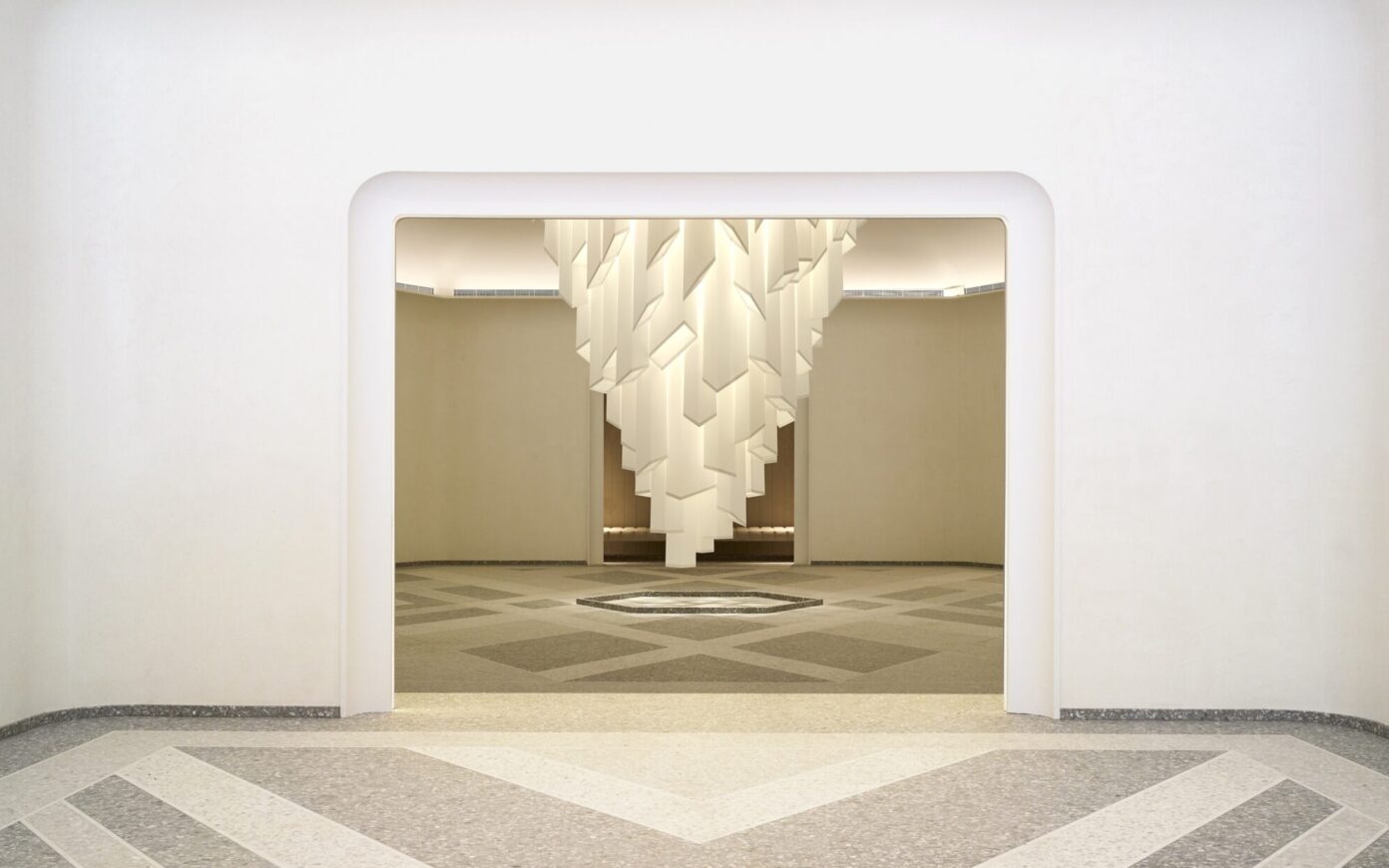
PCA-STREAM’s restructuring of 52 Champs-Élysées, the former Virgin Megastore, contributes to renewing the image and attractiveness of the Champs-Élysées. The imposing Streamline modern Art Deco building gains new coherence thanks to a magnification of its architectural style and a clarification of its program. It will host a Galeries Lafayette department store, high-end offices, and an exceptional garden restaurant overlooking Paris.
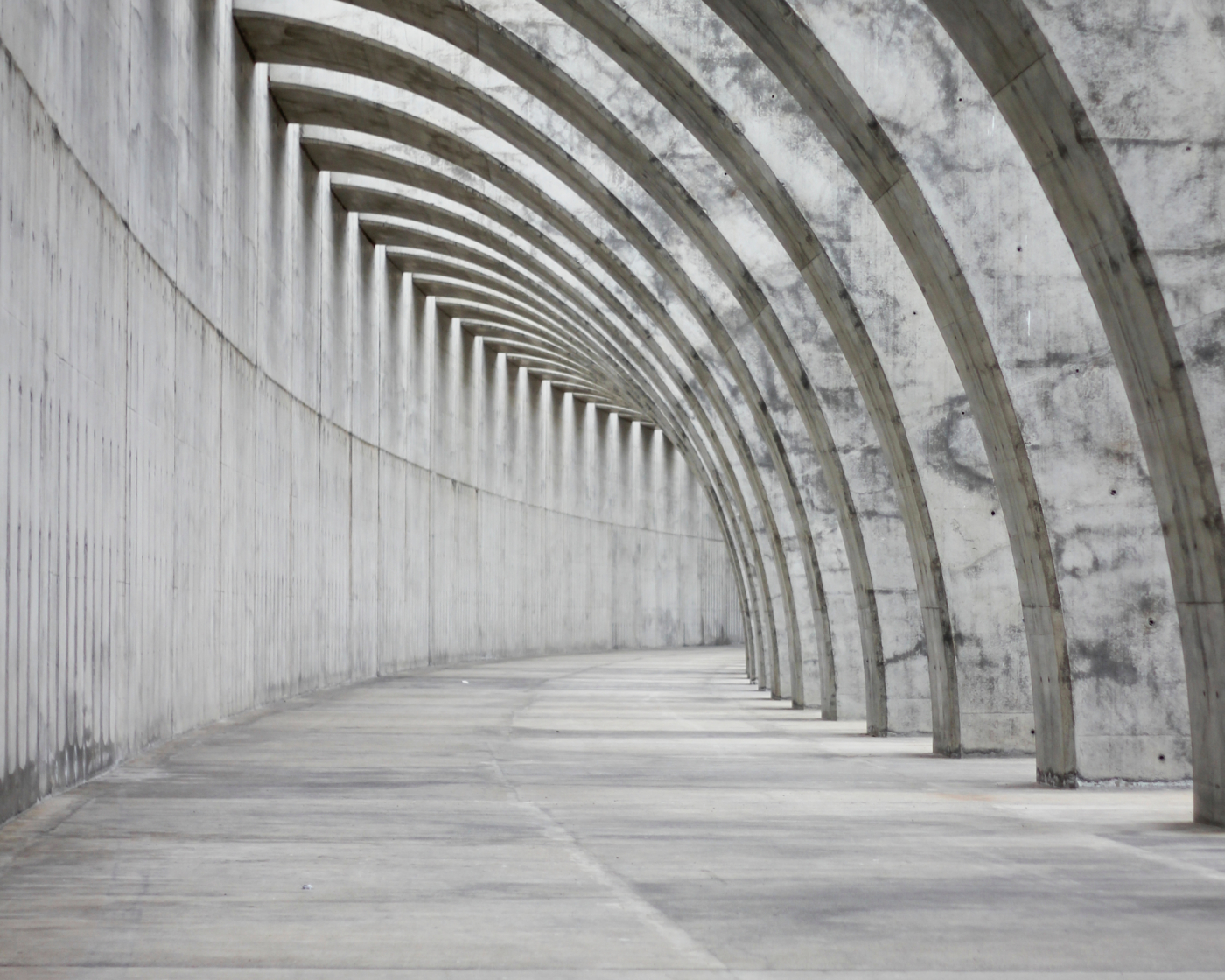
Perspectives
Mathieu Arnoux, Professor at the University of Paris and Director of Studies at the EHESS, Isabelle Bensidoun, economist at the CEPII, Vincent Charlet, economist and founder of the Fabrique de l’Industrie and Liliana Doganova, sociologist and researcher at the CSI des Mines de Paris. This concluding conference looks at the social and economic dynamics associated with the exploitation of materials on a national and global scale. The war in Ukraine has revealed our dependence on our neighbours and reopened questions of sovereignty and self-sufficiency. France has been less affected by the Russian gas embargo than Germany, but the transition to renewable energies will not happen without the rare earths that we import mainly from China. The limits of globalisation seem to have been reached. What does this mean for our industry, our sectors and our economic policy? What role will the markets play, particularly the carbon market, in encouraging national and European materials?
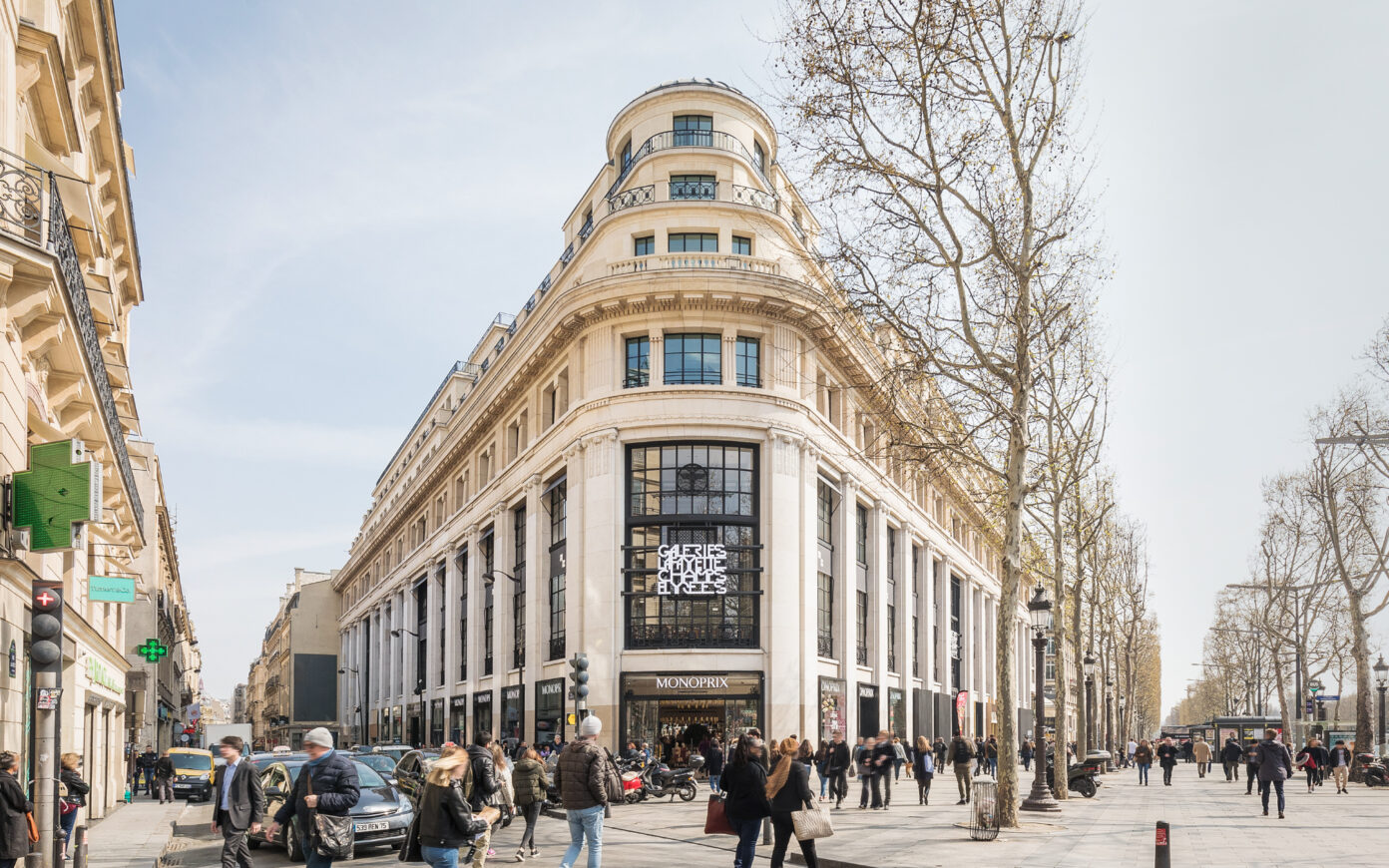
PCA-STREAM’s restructuring of 52 Champs-Élysées, the former Virgin Megastore, contributes to renewing the image and attractiveness of the Champs-Élysées. The imposing Streamline Modern Art Deco building gains new coherence thanks to a magnification of its architectural style and a clarification of its program. It will host a Galeries Lafayette department store, high-end offices, and an exceptional garden restaurant overlooking Paris.
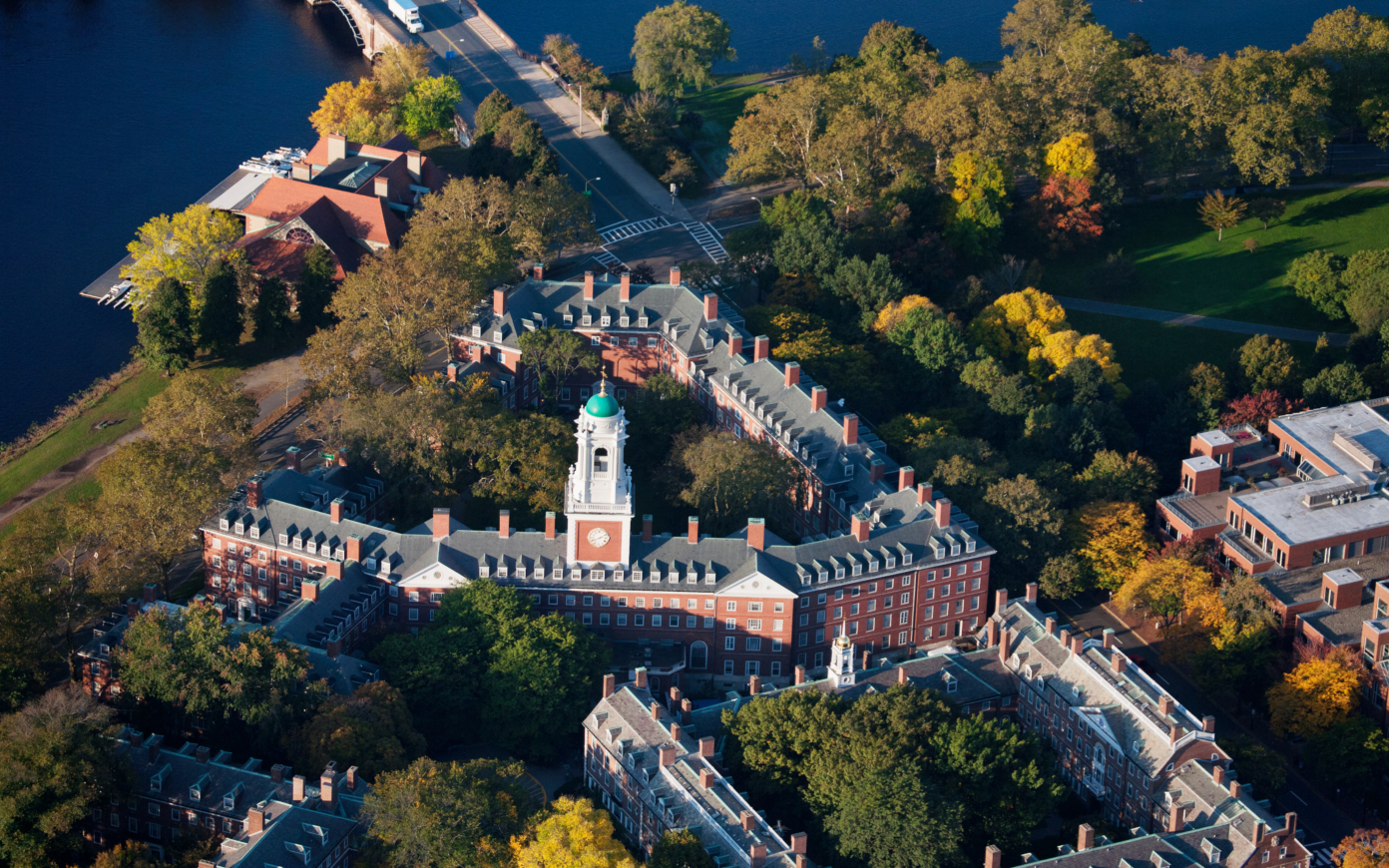

Rethinking the Campus: Balancing Tradition and Innovation
At its core, the campus embodies an enduring quest for an ideal. Its form is fraught with tensions inherited from a long history that remain relevant even as it adapts to contemporary challenges. Driven by a race to maximize their appeal, campuses are transforming into architectural showcases, competing with corporate headquarters in embodying new values and attracting top talent. Their structures and functions are evolving to meet the shifting needs of education and society. By embracing the archetypes of the agora and the garden—the original dichotomy of campuses—these bastions of knowledge are forming the contours of a new era in higher education.
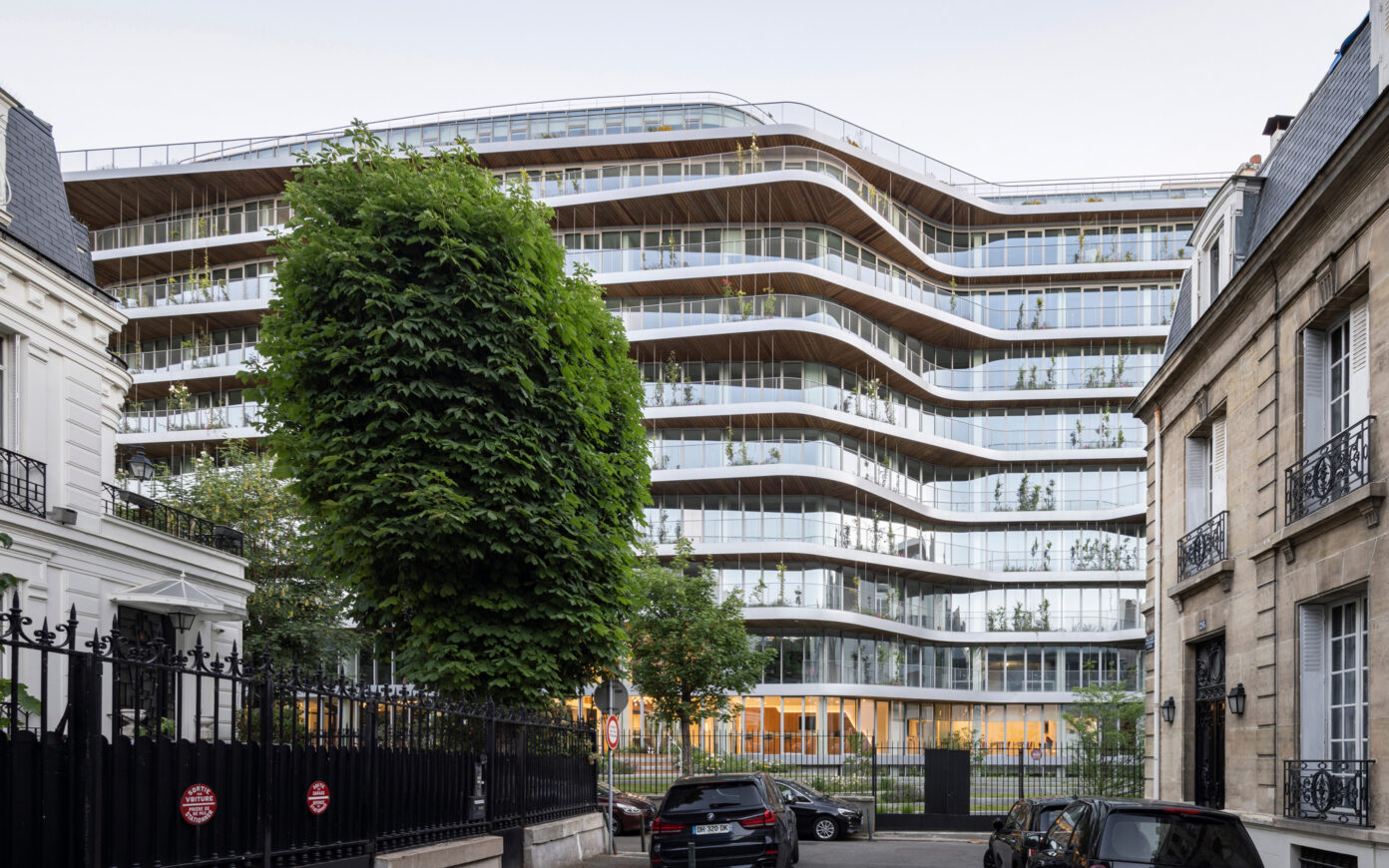
In the heart of the revitalized Porte Maillot district, PCA-STREAM revisits the Parisian modernist heritage and extends the city-nature dialogue. The agency’s intervention respects and enhances the architectural qualities of the original structure. On the north side, the façade grid is reinterpreted in a contemporary style inspired by its original rigorous layout. Designed as a balcony overlooking the Bois de Boulogne, it highlights the exceptional linear nature of the building with unobstructed views of the greater Parisian panorama.The new headquarters of Murex, the world leader in software for the financial markets, was designed above all to maximize interaction and collective intelligence, an essential function of a head office that has been reinforced by the health crisis. Spaces are streamlined and legible, and fluid circulation is ensured by a core of elevators and Chambord staircases on the first day. Employees meet and exchange ideas in a place conducive to informal dialogue.
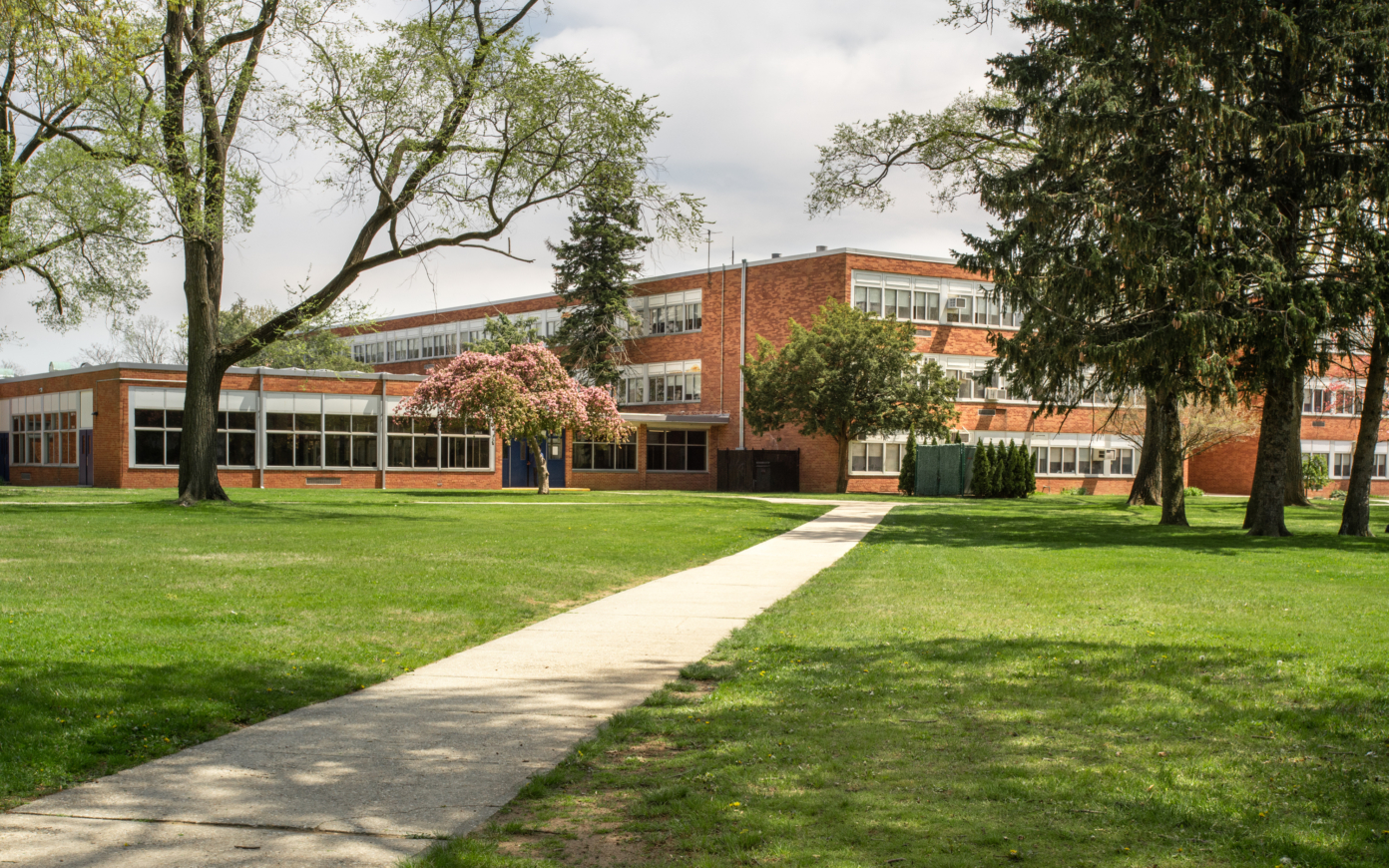

From lectures to learner-centered experiences, the metamorphosis of educational facilities
Driven by a race for attractiveness, campuses are becoming architectural showcases, competing with corporate headquarters to embody new values and attract curious minds. The form and function of campuses are evolving to meet the changing needs of education, where tradition meets innovation in a drive for excellence and inclusivity. We are entering a new era of higher education!
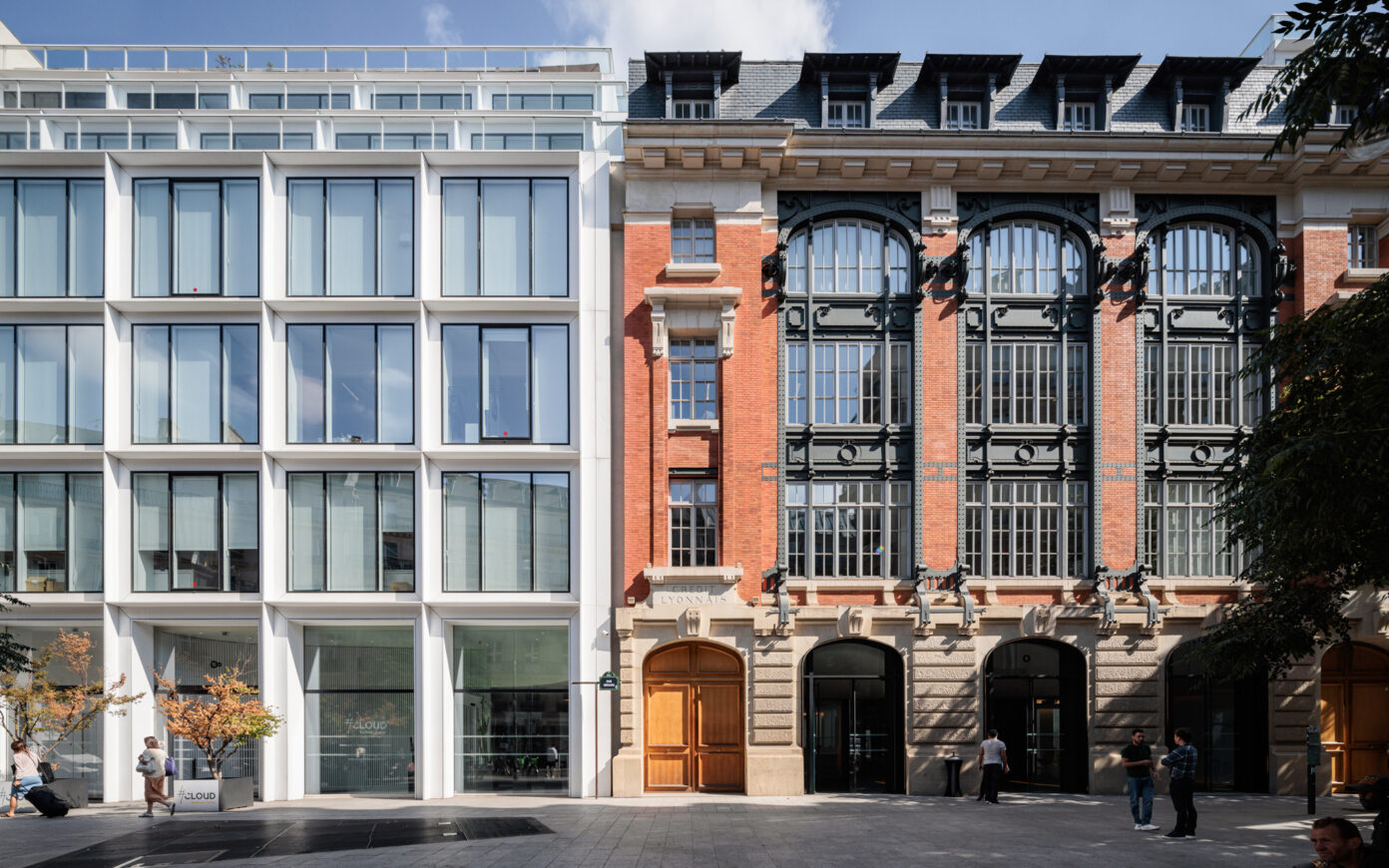
#cloud.paris stems from PCA-STREAM’s research and Société Foncière Lyonnaise’s ambitions. In the time and age of the intangible economy, its inner city location and its versatility coincides with the aspirations of the creative classes and the employees of high value-added industries, which are turning away from the single-use business centers of the periphery. Following heavy restructuring, this urban campus was designed as a relational ecosystem where the collective experience stimulates innovation and productivity.
“ What will Paris be like under 50°C? How can we postpone this scenario and be better prepared for it? ”
“ What will Paris be like under 50°C? How can we postpone this scenario and be better prepared for it? ”
Paris at 50°C
Our dense, mineral-rich capital is ill-suited to the extreme heat we’ll increasingly have to cope with. So what adaptation strategies can we implement? This is what we asked to Alexandre Florentin, Paris councillor responsible for resilience and climate issues. He chaired the “Paris at 50 degrees” mission, which delivered its report a few months ago: what fields of action for architects and urban designers?
“ Bringing the artist back at the heart of the city. ”
“ Bringing the artist back at the heart of the city. ”
Story-telling as a meta skill
Claudia Ferrazzi, former government advisor on culture and audiovisual affairs, aims to put the artist back at the heart of the city by bringing together disciplines and industries. Founder of VIARTE, she uses art to support the implementation of new management methods. By adopting a narrative rather than a medium-based approach, she seeks to build bridges between the corporate world and artistic practice.
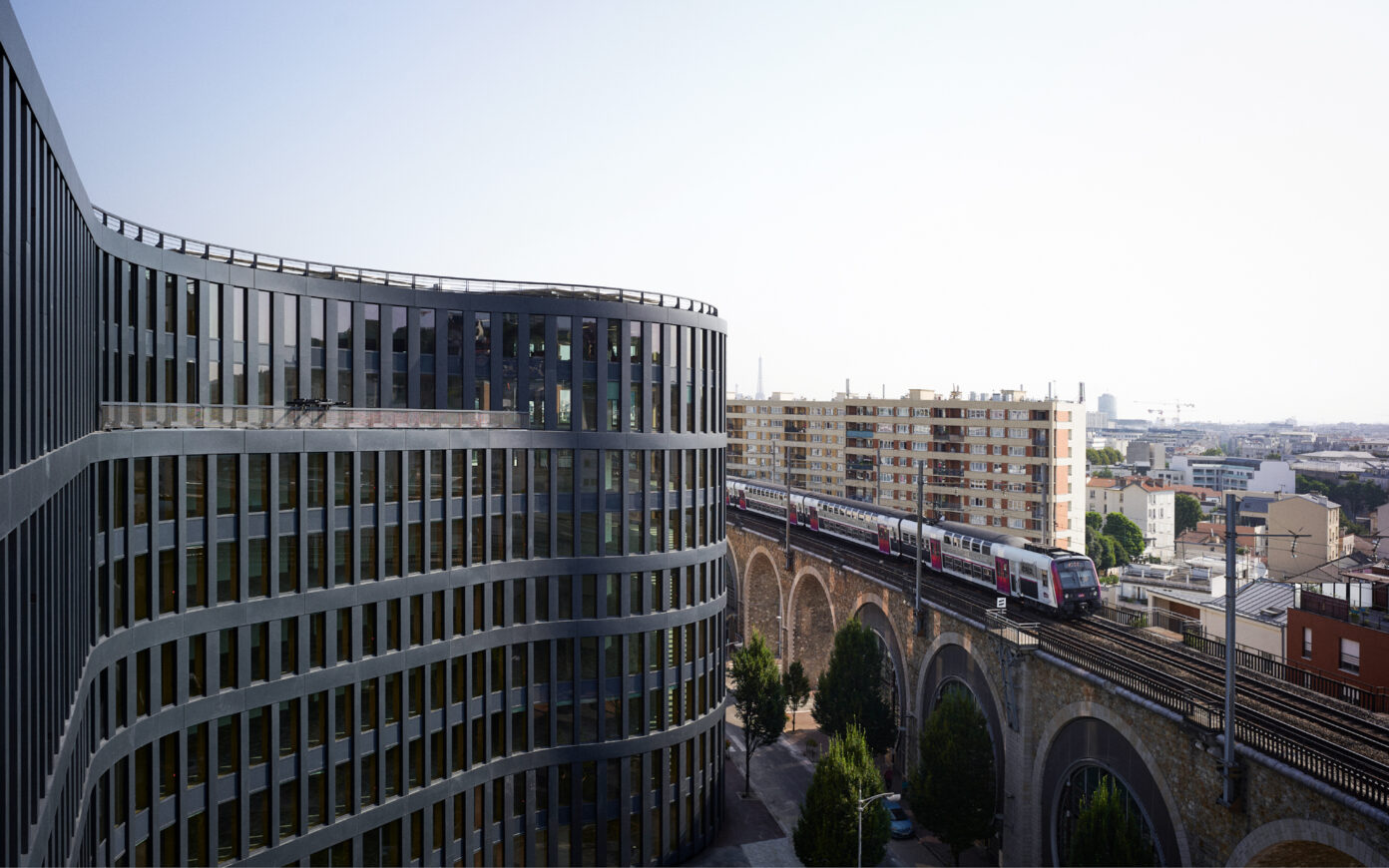
PCA-STREAM has designed an energy-positive office building in Issy-les-Moulineaux, a service sector cluster that is undergoing major transformation. We were driven to revisit the form of a tripod by the specific nature of the plot and our ambition for environmental excellence. This bold morphology opens the building on the city by freeing up green areas, and it optimizes the energy footprint whilst providing a functional work environment that is focused on improving the well-being of its users.
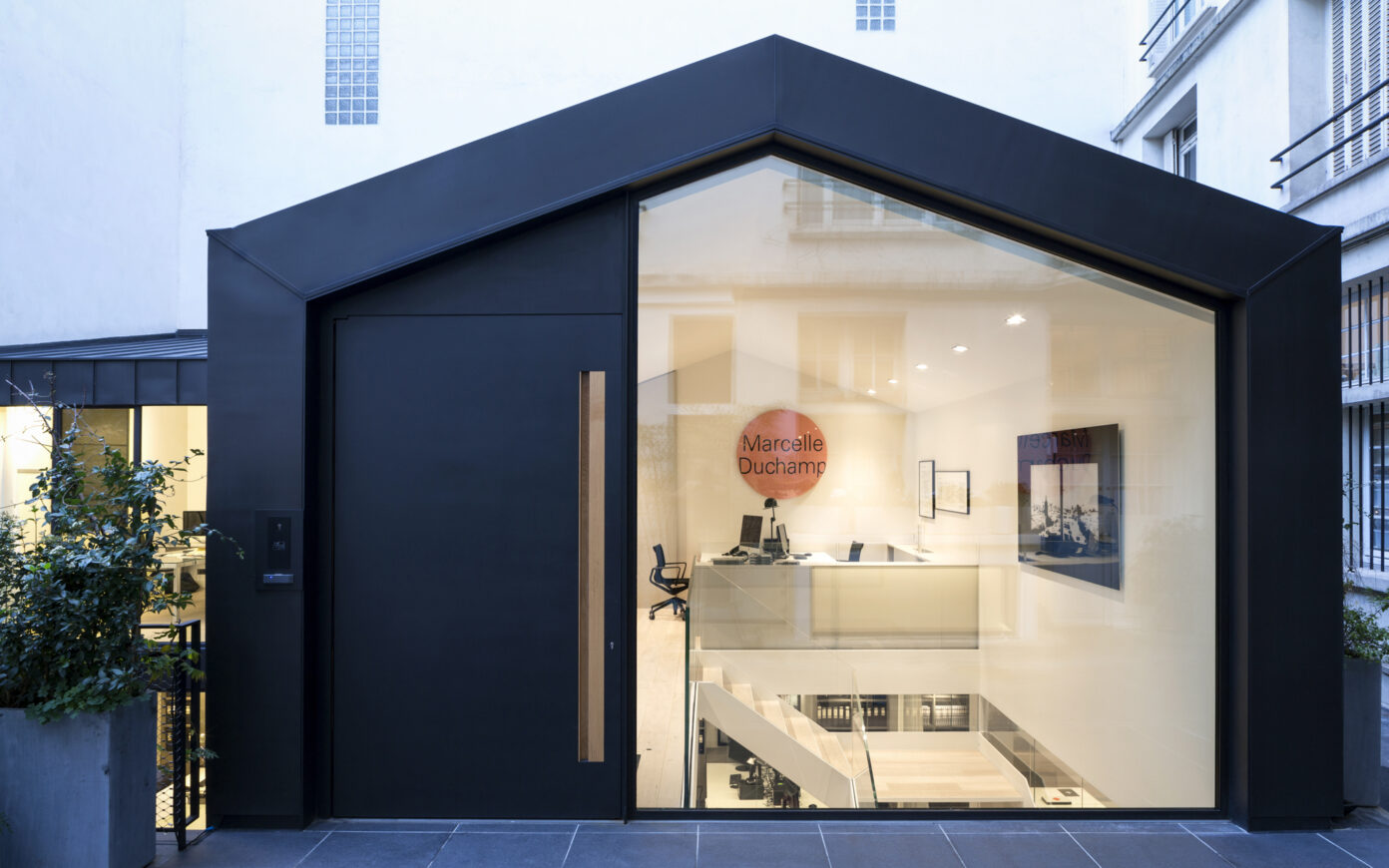
PCA-STREAM takes its inspiration from its research on new workspaces, which are gathered in the second issue of the Stream book-magazine, “After Office,” in order to design its premises in the Marais, on the site of a former printing house. Designed as an ecosystem that brings together a variety of spaces for the use of a large multidisciplinary team, this place is the spatial embodiment of PCA-STREAM as well as a manifesto of its innovative vision of the work space.
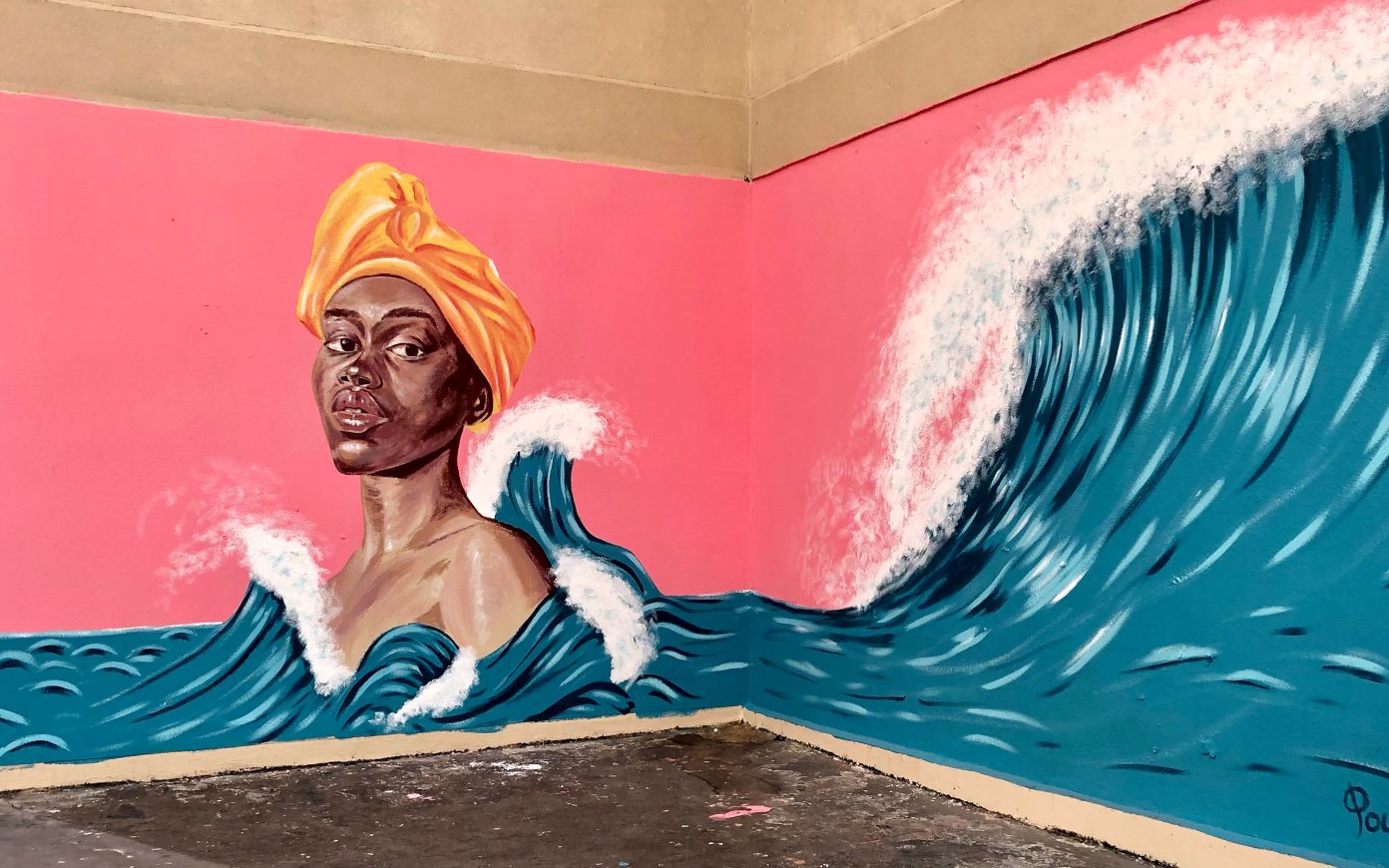

Looking at the city from a gender perspective
For feminist geographer Leslie Kern, the urban environment is not neutral and stems from norms and power dynamics. She calls for a greater variety of urban user needs to be examined, and for physicality to be reintroduced into urban design. This translates into spatial and social interventions around mixed use considerations and taking into account marginalised voices in decision-making processes.
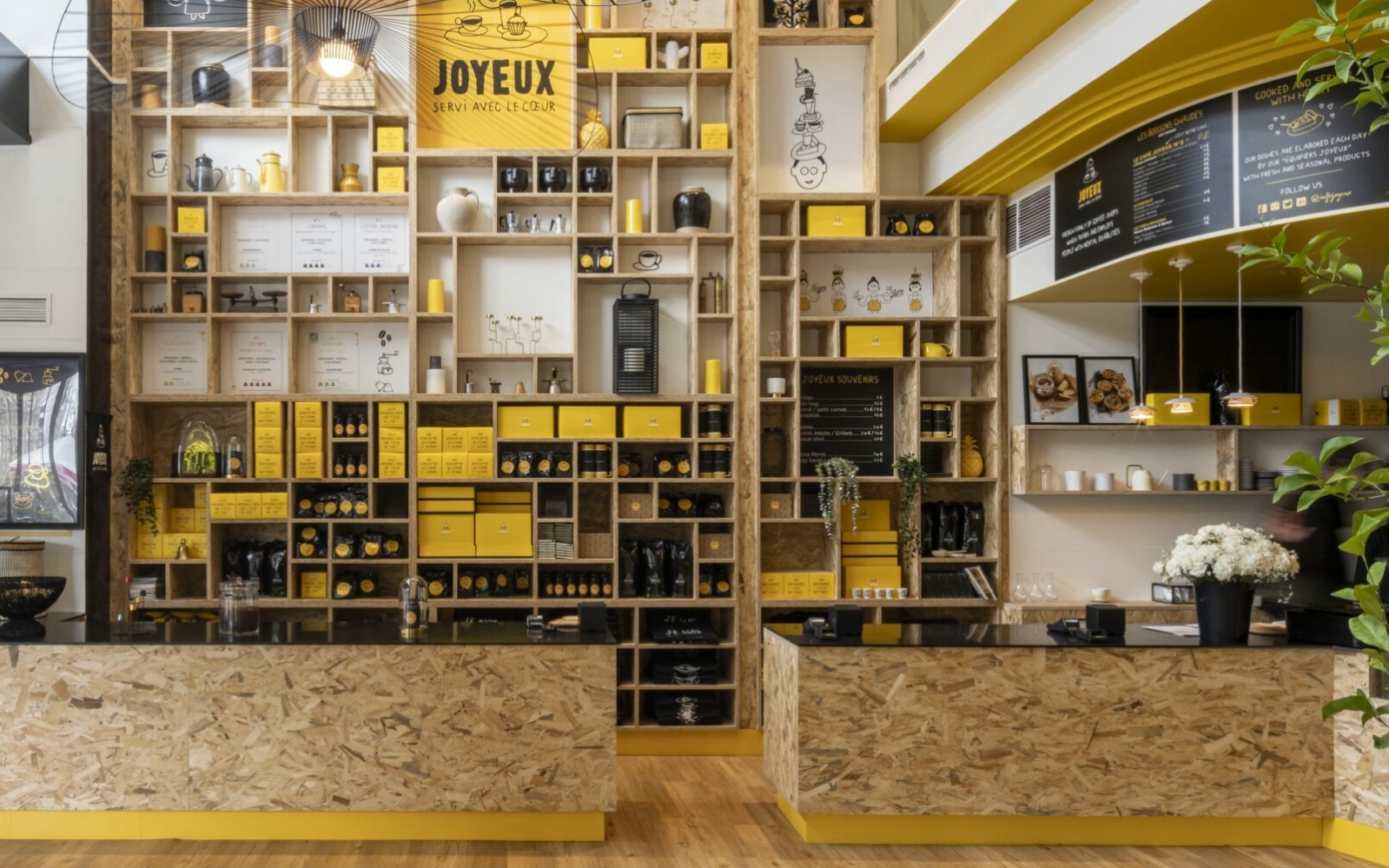
True to its urban vision of a sustainable, desirable, and inclusive city, PCA-STREAM is involved in Café Joyeux’s vocational center for the rehabilitation of people with mental and cognitive disabilities on the Champs-Élysées. As part of this solidarity-based partnership, the studio has designed a pop-up venue on the “world’s most beautiful avenue”, showcasing its staff’s capacity to provide quality service. The interior space, which is adapted to the special needs of its staff, has a welcoming and colorful atmosphere, providing a warm and friendly venue. On the walls, Café Joyeux’s adventure is displayed, while the prep space is open to the public in order for all the staff to be made visible, as this is not just a place of meeting and interaction, but also an awareness-raising project.
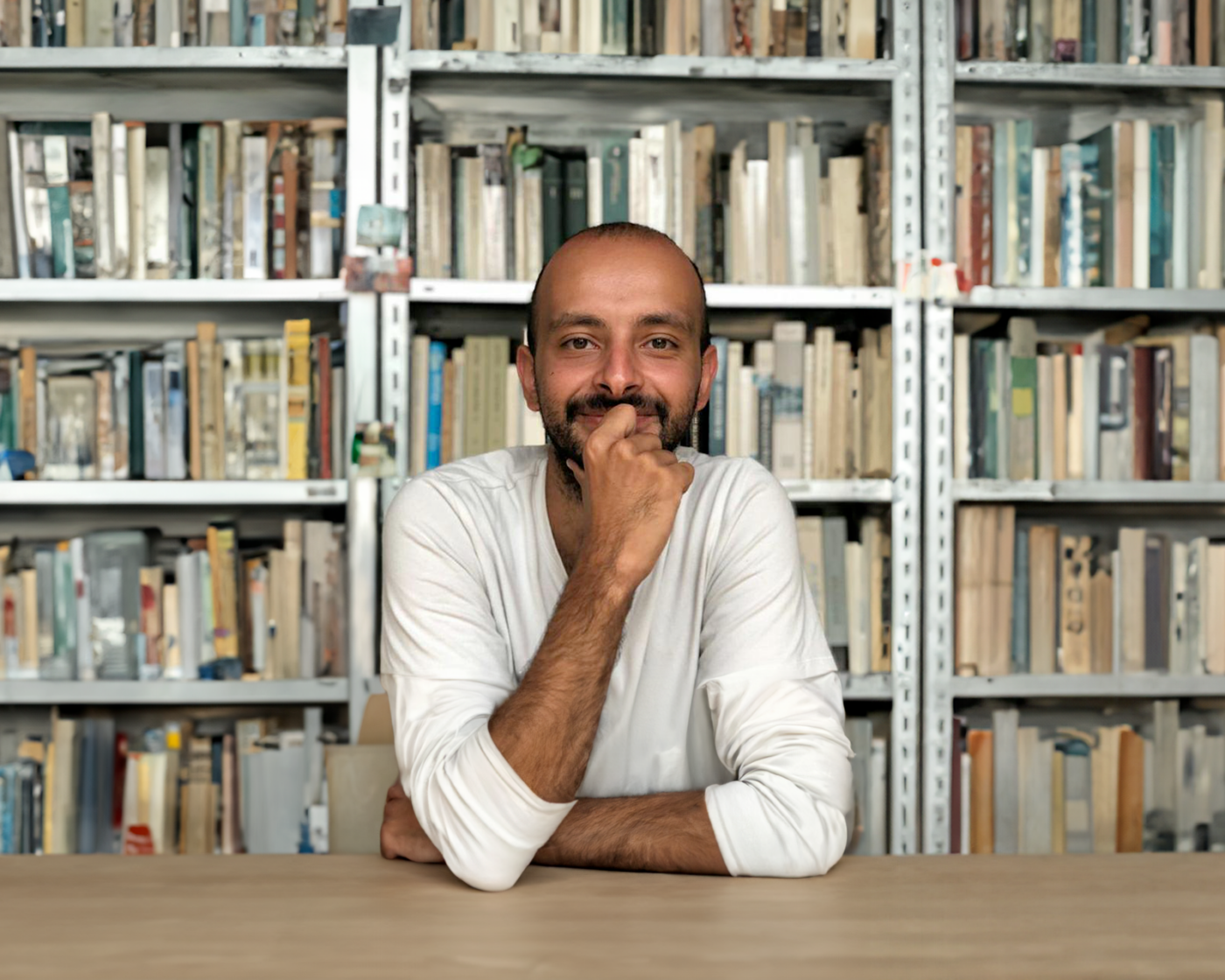
Displaced villages, uprooted populations
Moussa Belkacem is a PhD candidate in architecture at the OCS (Observatory of the Suburban Condition) laboratory of the Paris-Est Architecture, Cities & Territories School. His work focuses on the displacement of villages in Europe between 1945 and 2045. He examines projects to relocate urban areas that are bound to be destroyed, and stresses the need to consider the links between demolition and reconstruction, in order to better accompany these uprootings.
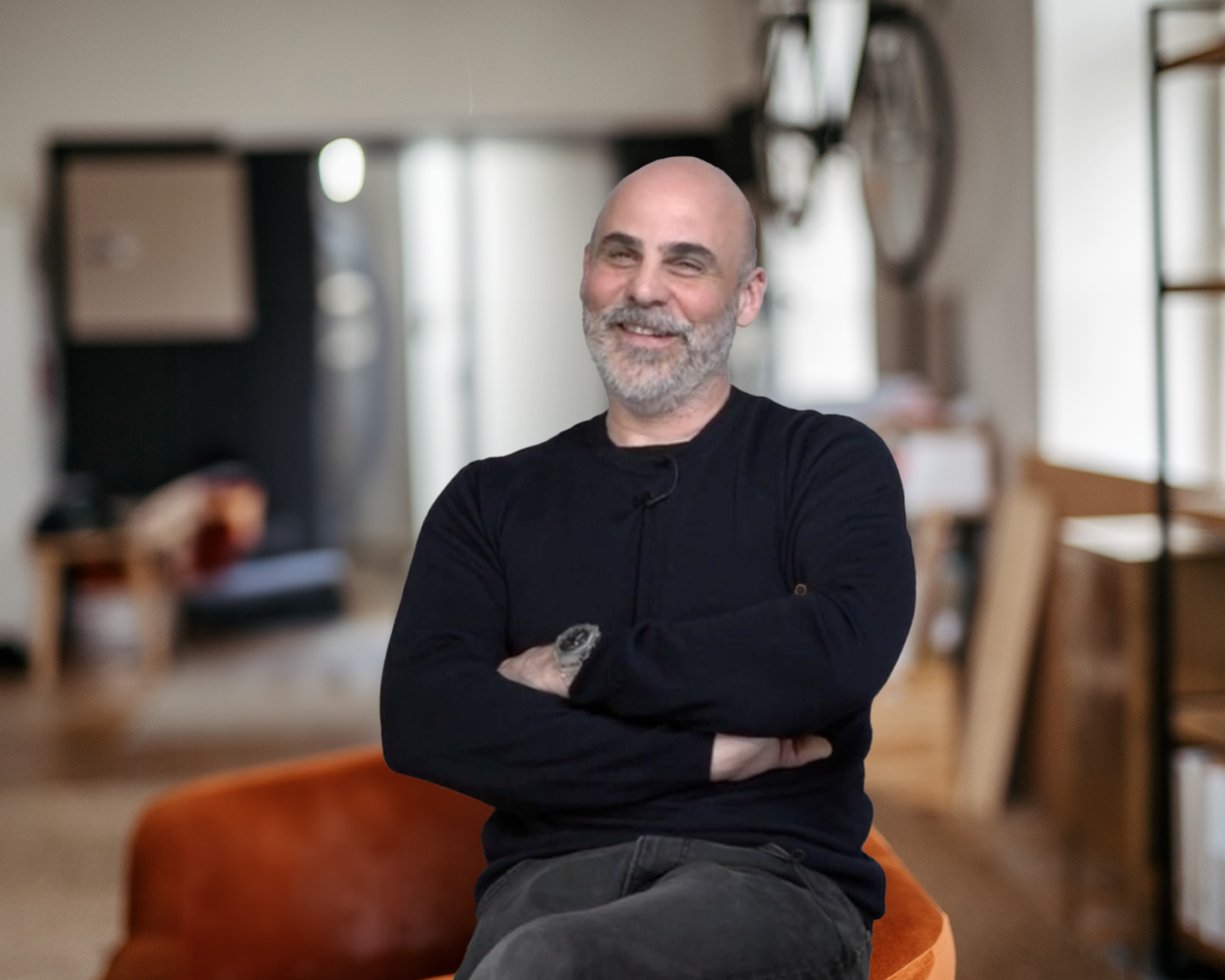
Spotlight on the city
Hervé Bougon is a film programmer and co-founder of Close-Up, a film festival dedicated to architecture, cities and landscapes. Close Up uses fiction to question the way we live, and year after year continues its work of discovering and raising awareness of major urban issues by bringing to the screen representations of urban architectural culture.
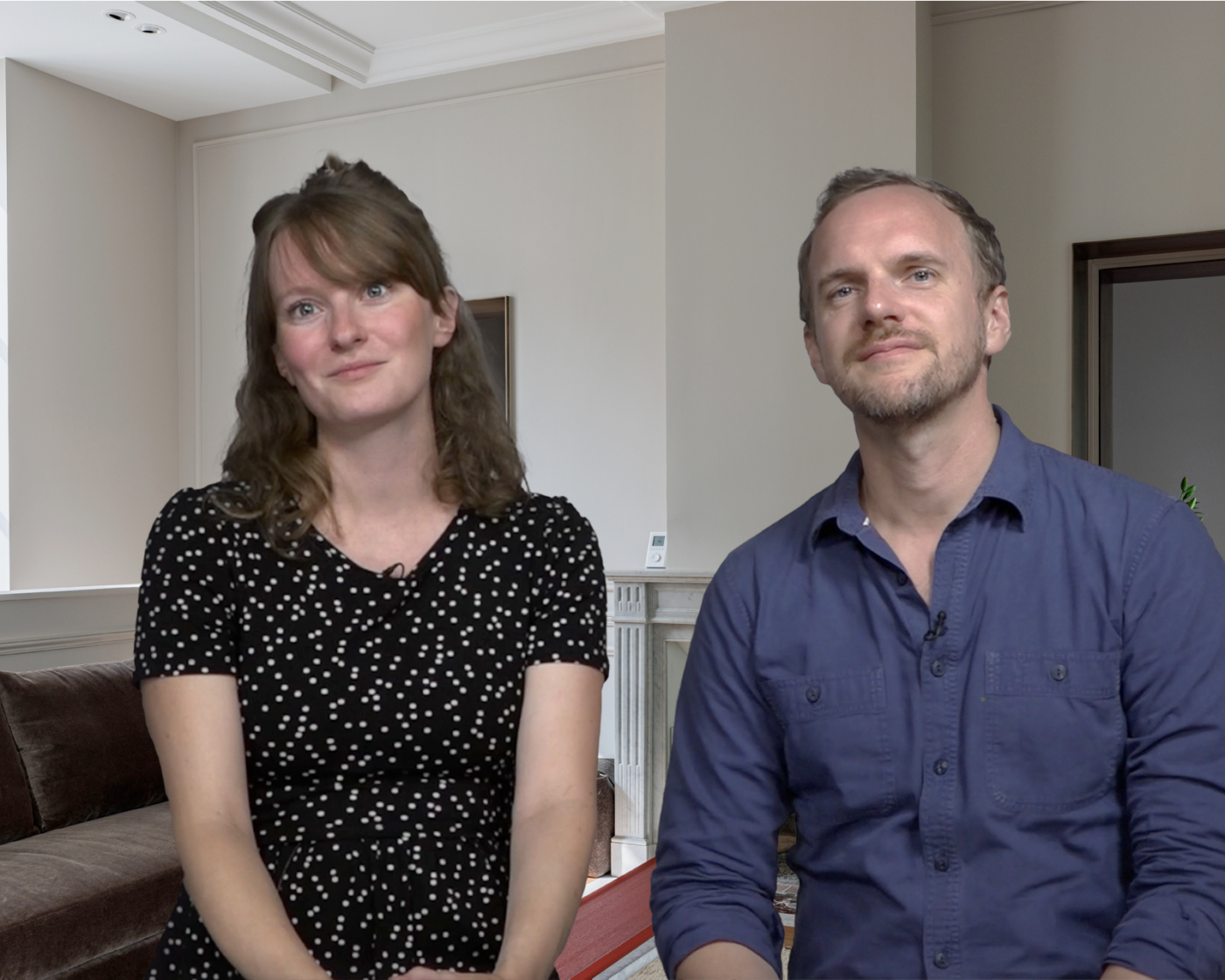
Applying a research approach in an architectural practice
Etienne Riot, urban planning researcher, and Pauline Detavernier, architecture researcher, are at the heart of applied research and innovation at PCA-STREAM. Together, they talk about the different facets of this research, from a CIFRE contract, to the setting up of a university chair project, to the subjects explored by the collaborators.
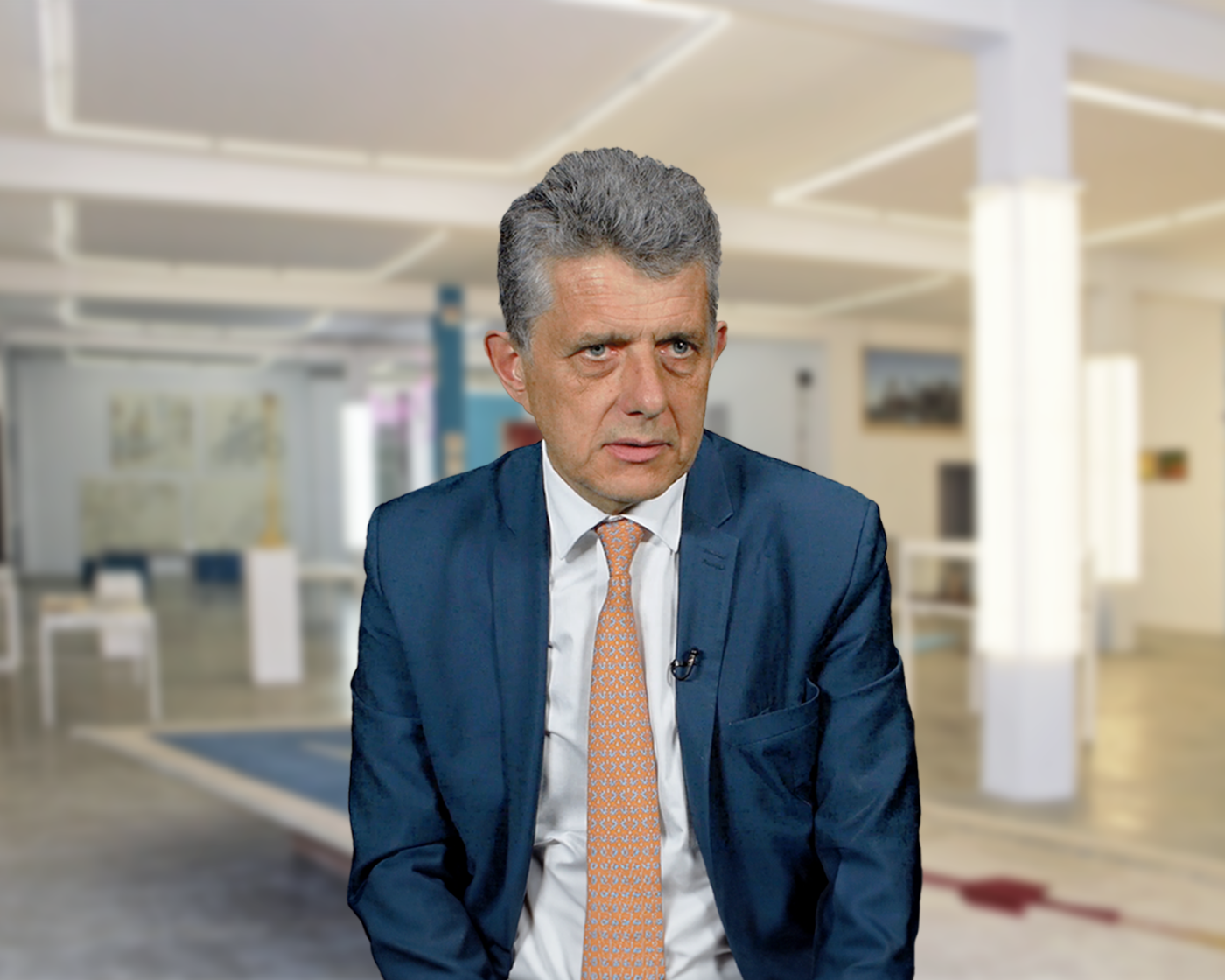
The client and the architect
Bertrand Julien-Laferrière, former CIO of the Société Foncière Lyonnaise, collaborated with PCA-STREAM on the design of #cloud.paris. This building, located in the heart of Paris, combines work spaces that coincides with the aspirations of the creative classes and the employees of high value-added industries, which are turning away from the single-use business centers of the periphery. As part of the documentary “PCA-STREAM: From research to action”, we asked him to reconsider the development of this project. Here, he goes into more detail about the relationship between the client and the architect in the French context.
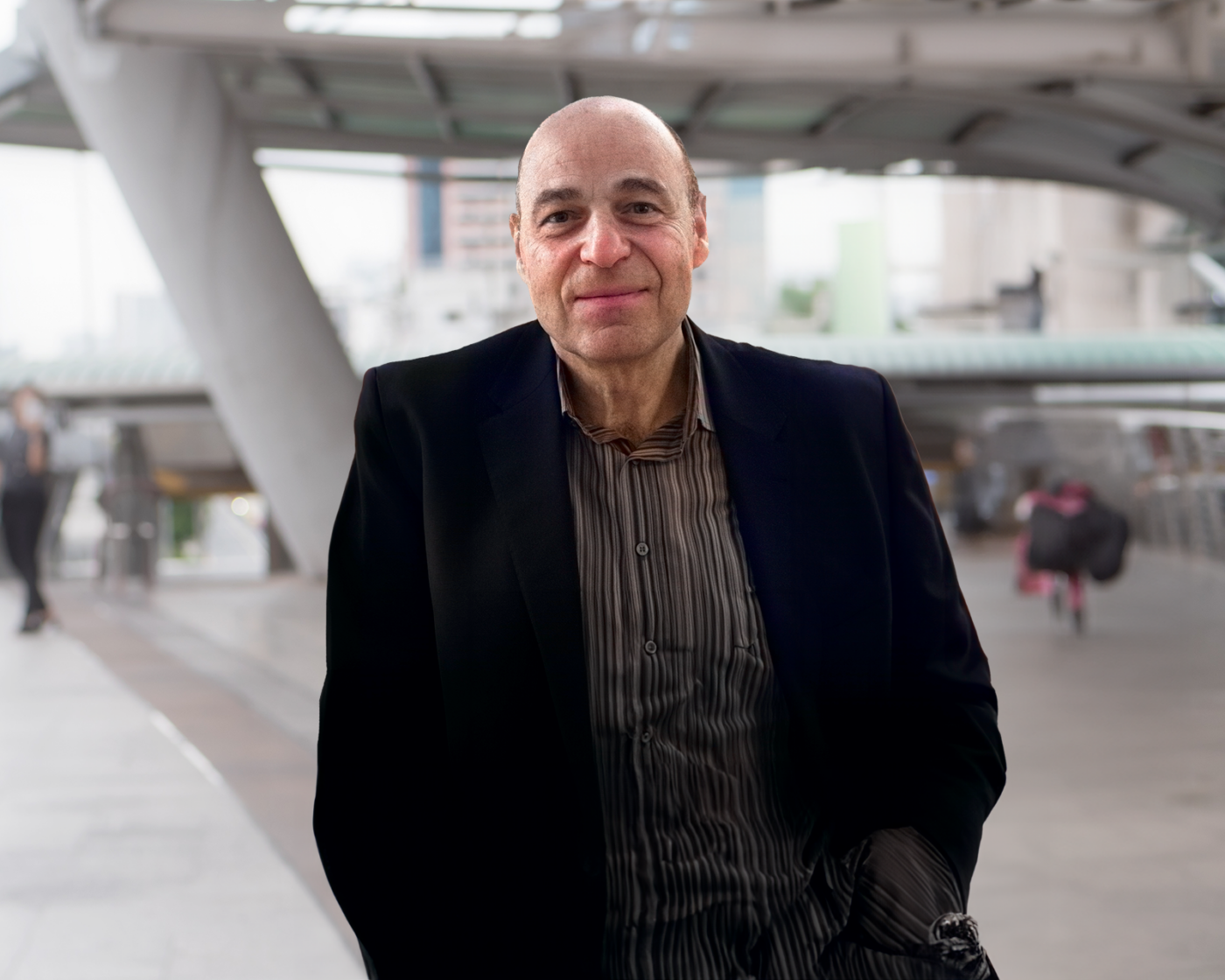
An overview of architectural research
In 2017, on the occasion of the Lyon Biennale d’Architecture “Processus & Pratiques”, Jean-Louis Cohen, architect, architectural historian and professor at the Collège de France, reviewed the evolution of architectural research from the early 20th century to the present day, when the profession is being redefined by the acquisition of an analytical as well as a project-based function.
Explorer Toutes les thématiques
 stream voices
stream voices
Eager to share more generously the results of its collaborations and research, PCA-STREAM publishes STREAM VOICES, its online magazine!